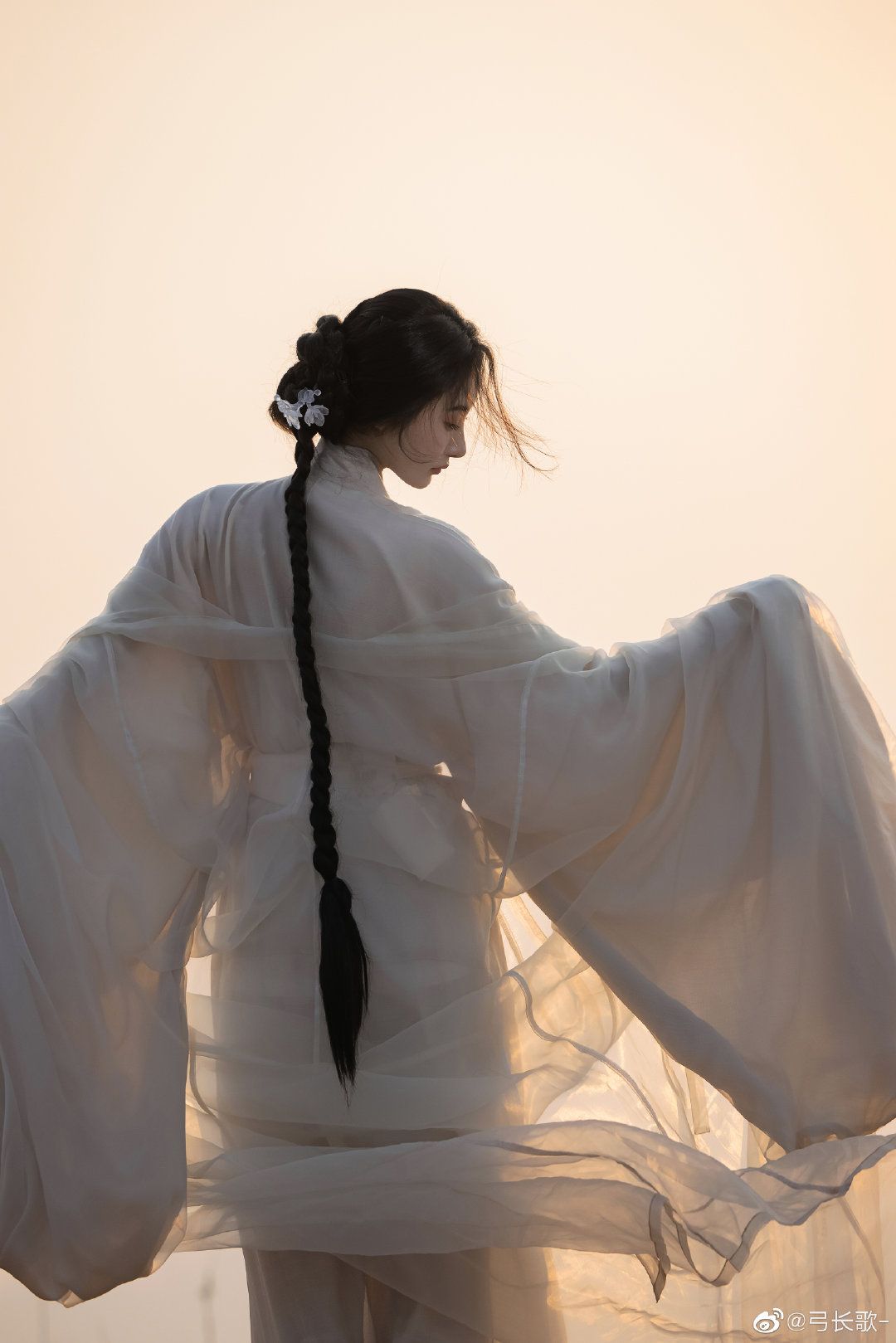In the realm of traditional Chinese fashion, the Mamen skirt, or horseface skirt, has long been a symbol of rich cultural heritage and artistic craftsmanship. With the passage of time and the evolution of fashion trends, this iconic garment has undergone subtle transformations to adapt to modern lifestyles and tastes. In this article, we delve into the modern version of the Mamen skirt as a daily Wear, highlighting its improvements and how it manages to strike a balance between tradition and modernity.

The Mamen skirt, originally a part of traditional Chinese clothing, is named for its unique design that resembles the shape of a horse's face. It is a skirt with a distinctive pattern of pleats and folds that flow gracefully with movement. The traditional Mamen skirt was often made of silk or other luxurious materials and was worn during special occasions or festivals.
Over the years, the Mamen skirt has undergone several transformations, adapting to the changing fashion trends and incorporating modern elements. The modern version of the Mamen skirt is a blend of traditional craftsmanship and contemporary design, making it suitable for daily wear.
In terms of design, the modern Mamen skirt retains the traditional pleated structure but with a more streamlined and contemporary cut. The material used in its making has also evolved, with a variety of modern fabrics like cotton, nylon, and even synthetic materials being incorporated. This ensures that the skirt is not only visually appealing but also comfortable and practical for daily wear.
The color palette of the modern Mamen skirt has also expanded, with designers incorporating a range of vibrant colors and patterns. Instead of the traditional bright reds and golds, we now see more subdued hues like deep blues, greys, and even patterns that blend different colors. This gives the wearer more options to choose a skirt that matches their personality and style.
Another noteworthy improvement in the modern Mamen skirt is its versatility. With the advent of new designs and styles, the Mamen skirt can now be paired with different types of tops and shoes, allowing for more flexibility in styling. It can be worn with a simple T-shirt for a casual look or paired with a traditional Chinese top for a more formal occasion. The versatility of the modern Mamen skirt makes it easy to integrate into different styles and outfits, making it a wardrobe staple.
Moreover, the modern Mamen skirt also pays homage to its traditional roots. Many designers incorporate elements of traditional Chinese culture into their designs, such as using symbols or patterns that are associated with good luck or prosperity. This not only adds a touch of cultural significance to the skirt but also ensures that it remains true to its roots.
The modern Mamen skirt is not just a garment; it's a symbol of cultural continuity and evolution. It represents a harmonious blend of traditional craftsmanship and contemporary design, reflecting the ever-evolving fashion landscape. The improvements made to the Mamen skirt have not only made it more wearable and comfortable but have also ensured that it remains a symbol of Chinese culture and heritage.
In conclusion, the modern Mamen skirt is a testament to the adaptability of traditional Chinese fashion in the modern era. Its evolution reflects a balance between tradition and modernity, incorporating modern designs, materials, and colors while paying homage to its rich cultural heritage. The modern Mamen skirt is not just a garment; it's a symbol of cultural continuity and pride, showcasing the beauty of traditional Chinese fashion in a contemporary context.








